Septal perforations are openings within the nasal septum, often resulting from previous nasal surgeries. While small, posterior perforations may cause minimal discomfort, larger or anterior perforations can lead to significant symptoms, including dryness, crusting, nosebleeds, breathing difficulties, and even whistling sounds during respiration. In such cases, surgical intervention is essential to restore function and comfort.
This guide explores septal perforation surgical treatment, including patient suitability, advanced surgical techniques, and innovations in closure methods, offering insights into achieving successful outcomes.
Table of Contents
Who is Suitable for Septal Perforation Surgery?
Not all septal perforations require surgical intervention. Smaller perforations, especially those located at the back of the nasal cavity, often go unnoticed. However, larger perforations at the front of the septum may cause:
- Persistent nasal dryness
- Frequent nosebleeds
- Formation of crusts
- Breathing difficulties
- Whistling sounds during breathing
Patients experiencing these symptoms are strong candidates for surgery, particularly when non-surgical options fail to provide relief.
Combining Perforation Closure with Rhinoplasty
Large septal perforations can lead to nasal deformities due to structural instability. During perforation closure surgery, techniques from rhinoplasty are often employed to restore both nasal function and appearance. This dual approach ensures that patients achieve both improved breathing and a more balanced, aesthetically pleasing nasal shape.
The Challenges of Septal Perforation Surgery
The nasal cavity’s tight anatomy presents unique challenges for surgeons. The narrow space complicates instrument maneuverability, making suturing and tissue repair particularly intricate. This complexity demands advanced surgical expertise and precision to achieve successful outcomes without risking complications.
The Philosophy Behind Perforation Closure
The nasal septum comprises three layers:
- A central cartilage or bony structure
- Two mucosal linings, one on each side
A perforation damages all three layers, and successful closure requires meticulous reconstruction of each layer. Failure to restore the septum completely can lead to re-perforation within months. Ensuring durable results involves reinforcing all layers for structural integrity and long-term functionality.
Classification of Septal Perforations
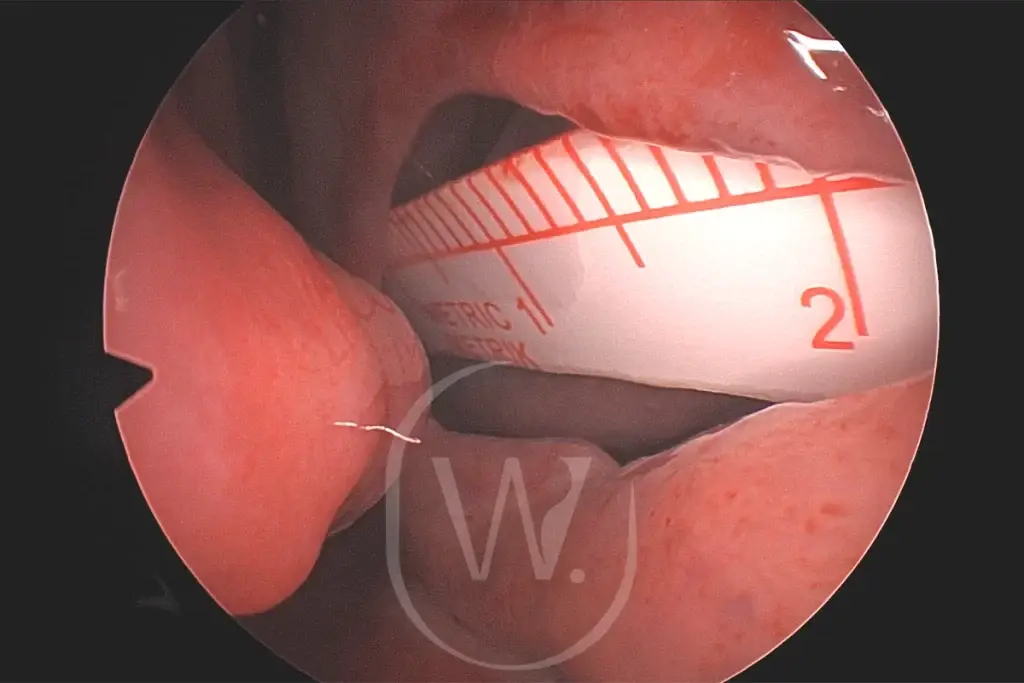
Surgical complexity varies based on the size of the perforation:
- Small Perforations (0-10 mm): Surgery is straightforward and highly successful.
- Medium Perforations (10-20 mm): Surgery is challenging but achievable.
- Large Perforations (20 mm or more): Surgery is technically demanding and requires advanced techniques.
Success Rates in Septal Perforation Surgery
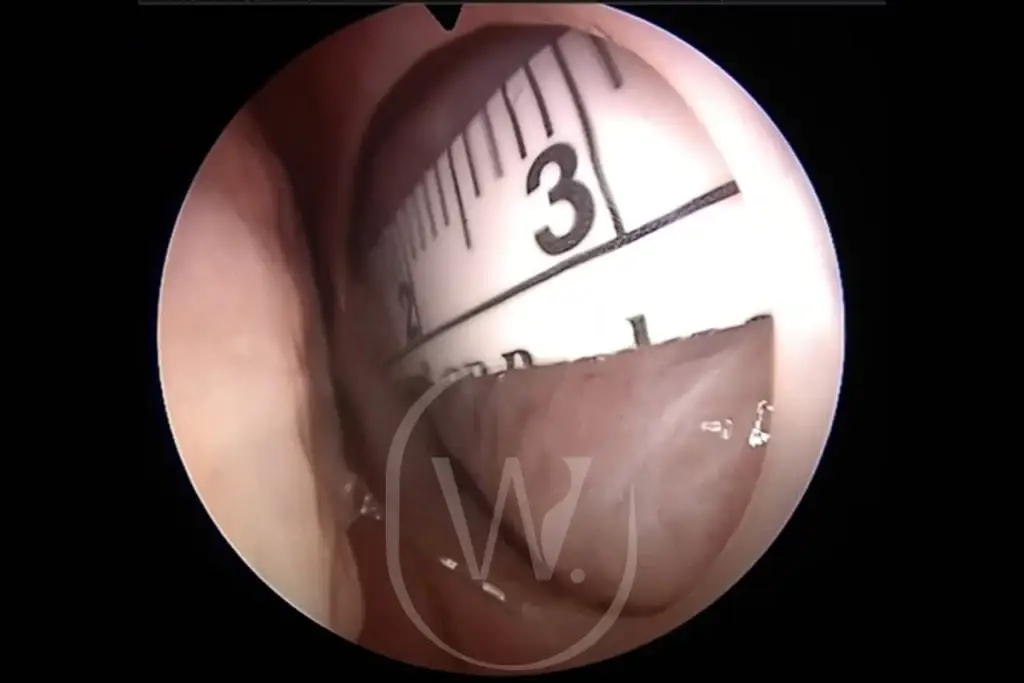
Success rates depend on the size of the perforation:
- Small perforations (0-10 mm): 99-100% closure success
- Medium perforations (10-20 mm): 95-100% closure success
- Large perforations (>20 mm): Global success rates are typically 40-60%, but my innovative technique has increased success rates to 85-90%, even for complex cases.
Innovative Method for Perforation Closure
I developed a unique approach for closing larger septal perforations, achieving higher success rates by rebuilding the septum with rib cartilage. The process involves five key steps:
1. Harvesting Rib Cartilage
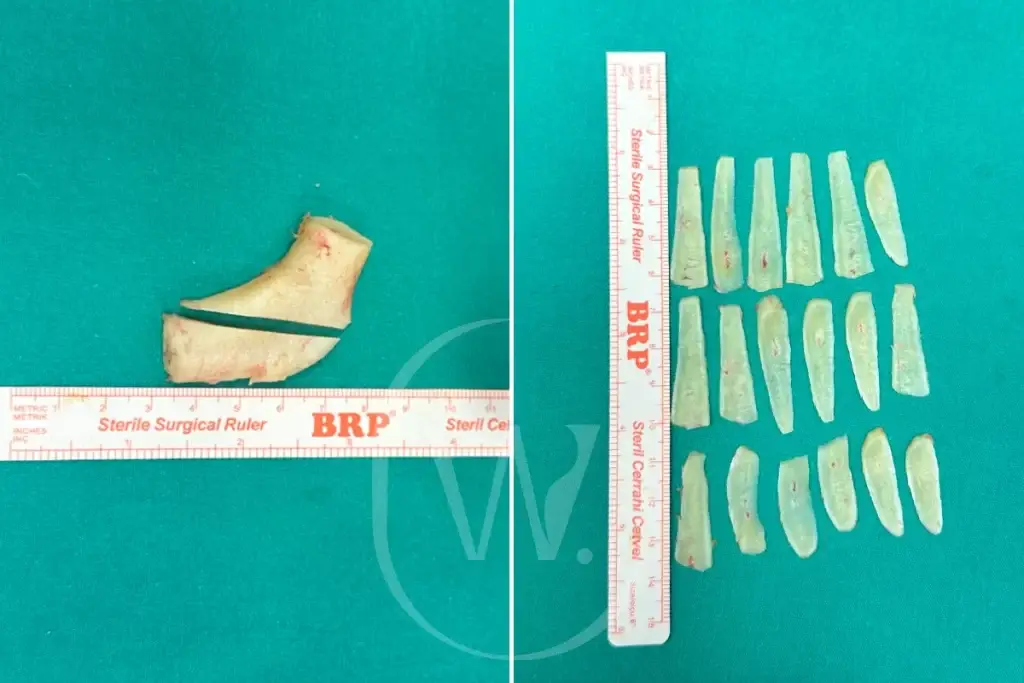
Ribs are removed and sliced into thin, 1-mm sheets to create flexible yet robust materials for reconstructing the septum.
2. Creating a New Septum
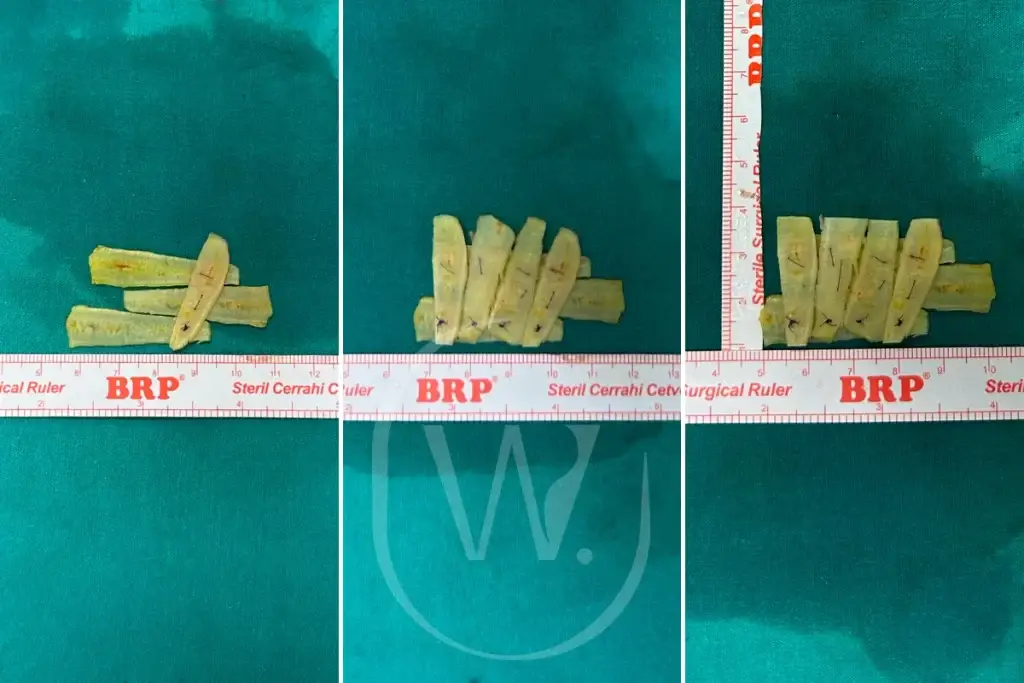
The cartilage slices are meticulously sewn together, forming a solid block that resembles the original septum in structure and strength.
3. Positioning the New Septum
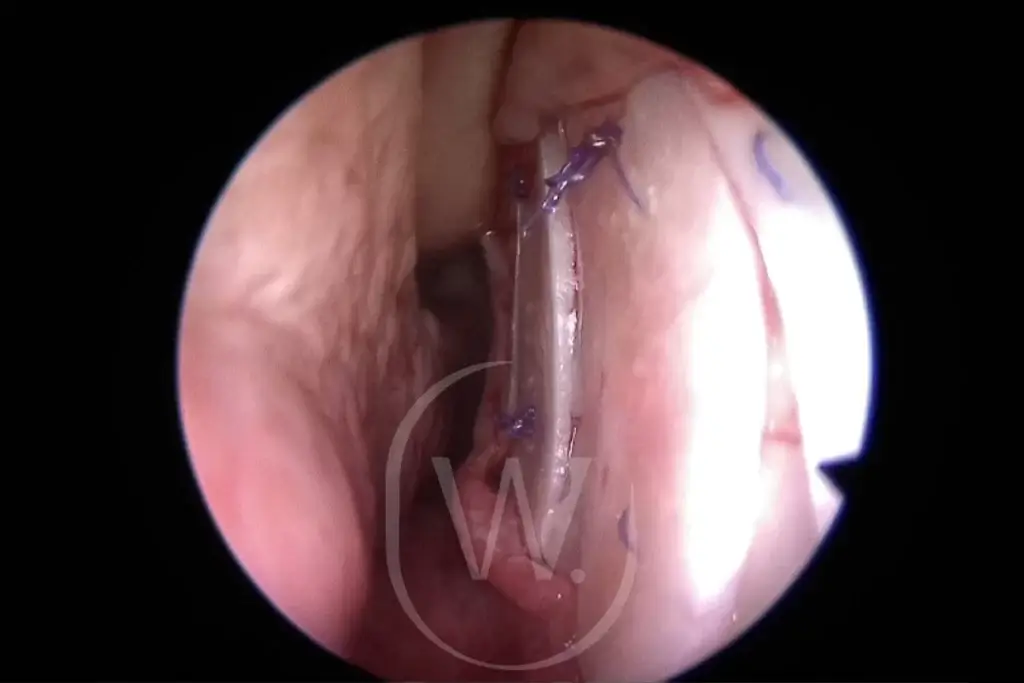
The reconstructed septum is placed over the perforation to fully close the opening, ensuring a precise fit for structural stability.
4. Covering the New Septum with Nasal Skin
Nasal skin is carefully repositioned over the cartilage block, allowing it to integrate with the surrounding tissues and receive vital blood flow.
5. Inserting Protective Silicone Tubes
Silicone tubes are placed in the nasal passages for three weeks to protect the surgical area during healing. Antibiotics and nasal sprays are prescribed to prevent infections and maintain moistur
Advantages of the Advanced Technique
While global success rates for closing perforations larger than 2 cm range from 40-50%, my technique has achieved an impressive 85-90% success rate. Highlights include:
- Patient Outcomes: In a study of 26 patients, all perforations smaller than 2 cm were fully closed. Among larger perforations, only 4 resulted in minor residual openings (2-3 mm) at the posterior septum, which did not cause complaints.
- Patient Satisfaction: All patients reported significant symptom relief, indicating a 100% success rate in improving quality of life.
Frequently Asked Questions About Septal Perforation Surgery
What causes septal perforations?
Previous nasal surgeries, trauma, infections, or substance use (e.g., coc@ine) are common causes.
Do all septal perforations require surgery?
No. Surgery is only necessary if the perforation causes significant symptoms or discomfort.
Can surgery be performed without quitting drugs?
No. Substance use increases the risk of recurrence, making surgery unsafe until cessation.
How long does the surgery take?
The procedure typically takes 3-4 hours and is performed under general anesthesia.
When can I return to normal activities?
Most patients resume social activities within two weeks.
Conclusion: A Breakthrough in Septal Perforation Surgery
Septal perforations can significantly impact nasal function and quality of life. With innovative techniques, even large perforations can now be successfully treated. Whether your concern is breathing difficulty, nasal aesthetics, or both, advanced surgical methods offer effective, long-lasting solutions.
Contact us today to learn more about septal perforation surgery and how it can improve your quality of life.
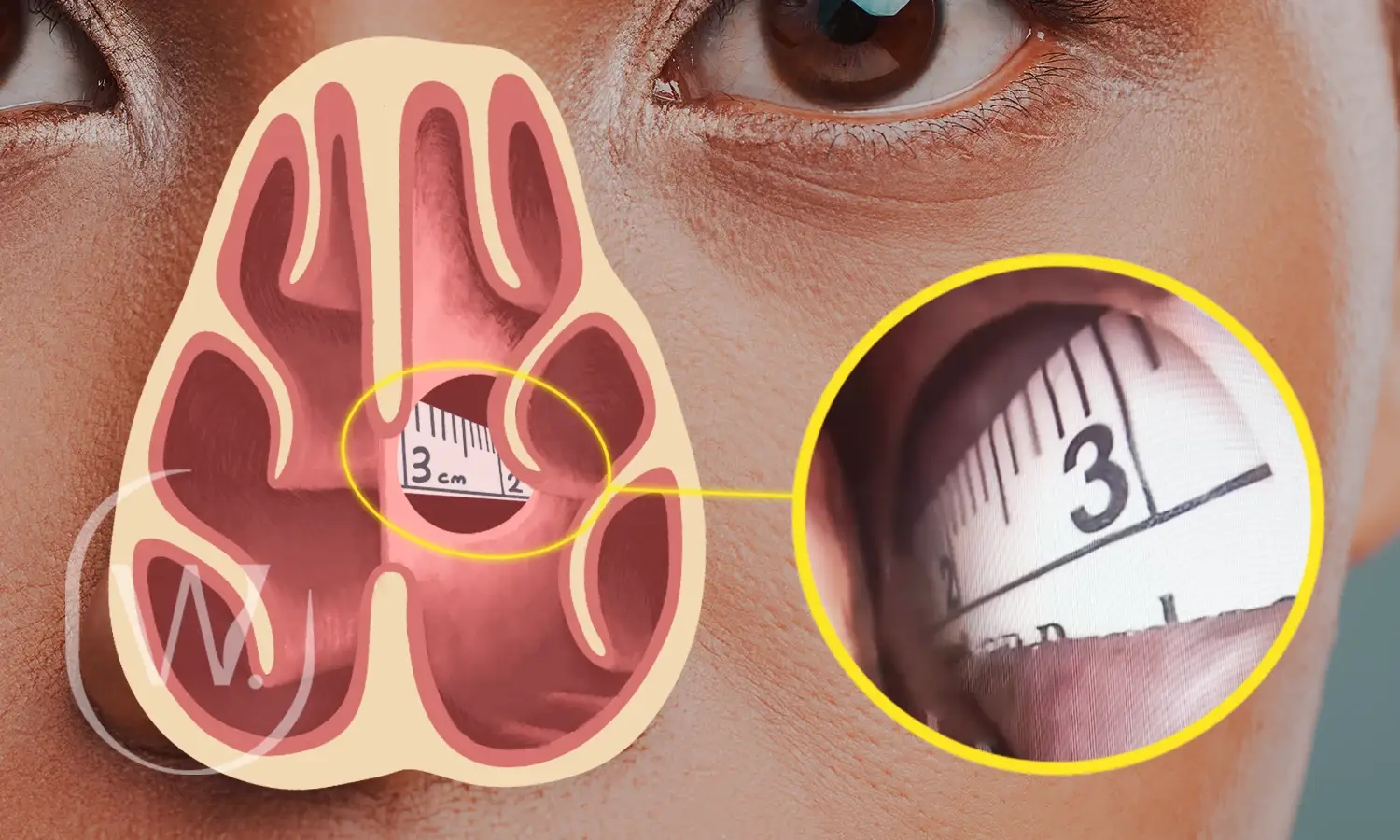

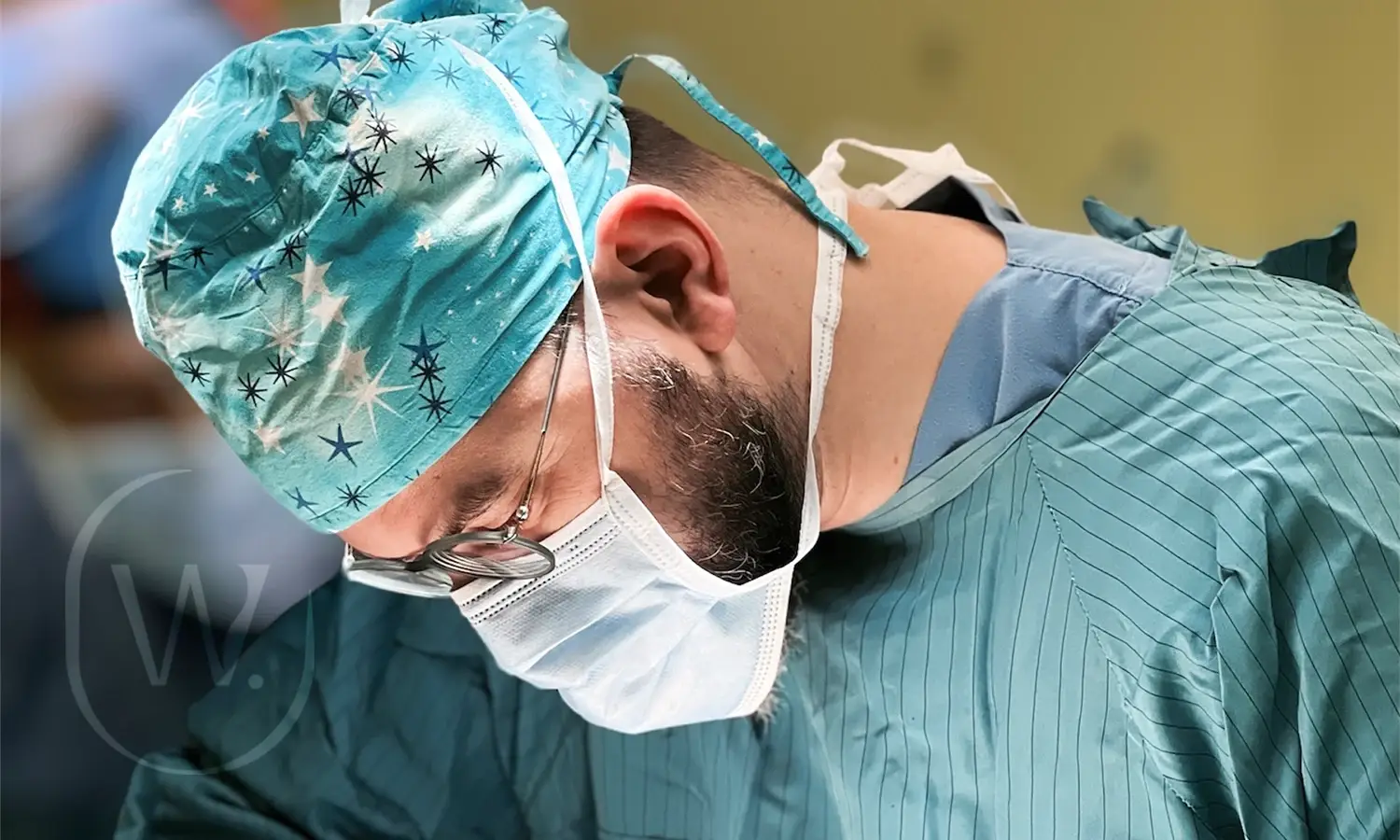
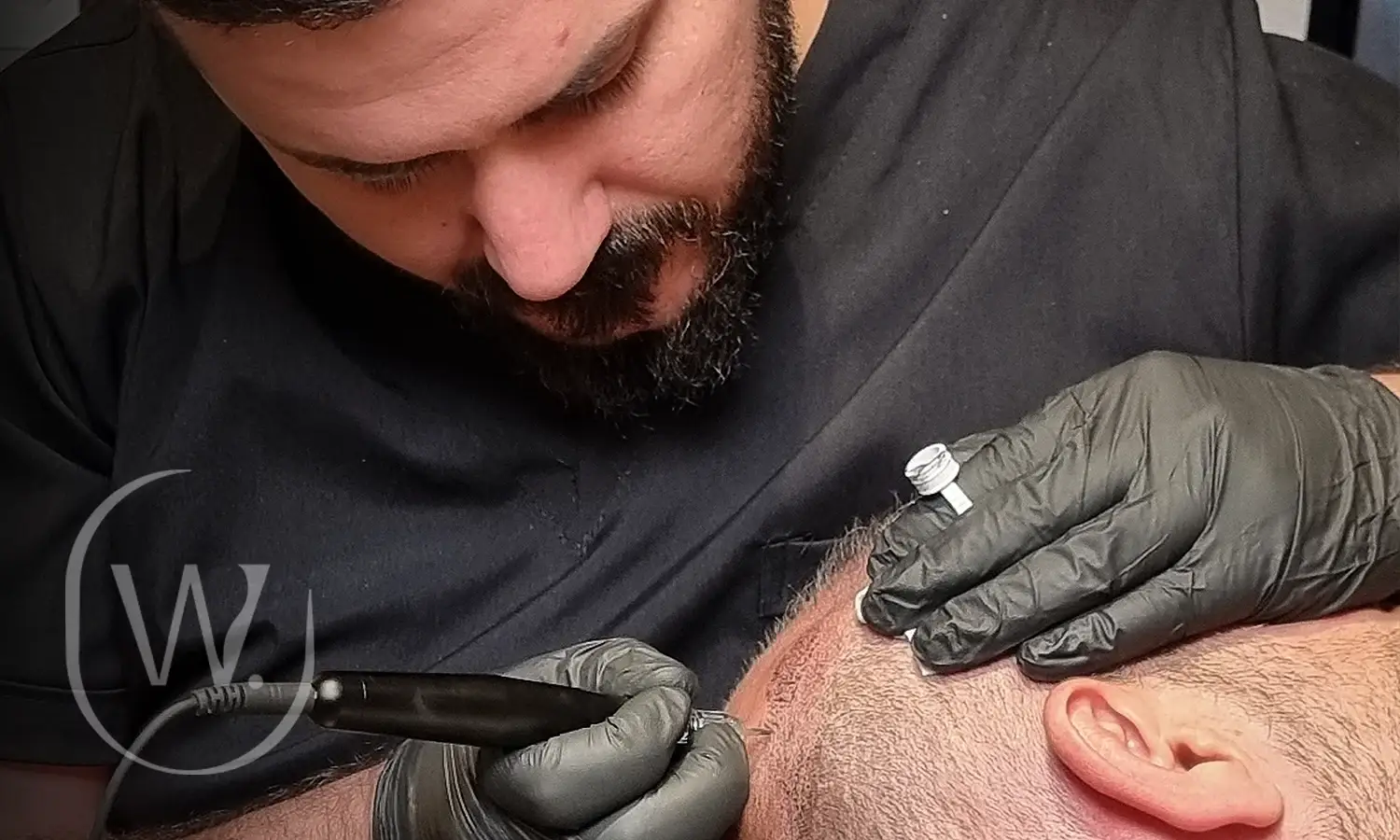

One Response
I have been using cocaine for a long time. The doctor I visited said I have a 3 cm hole in my nose. I’m very uncomfortable, I can’t breathe, and I have nosebleeds. Do I have to quit using cocaine to have surgery?